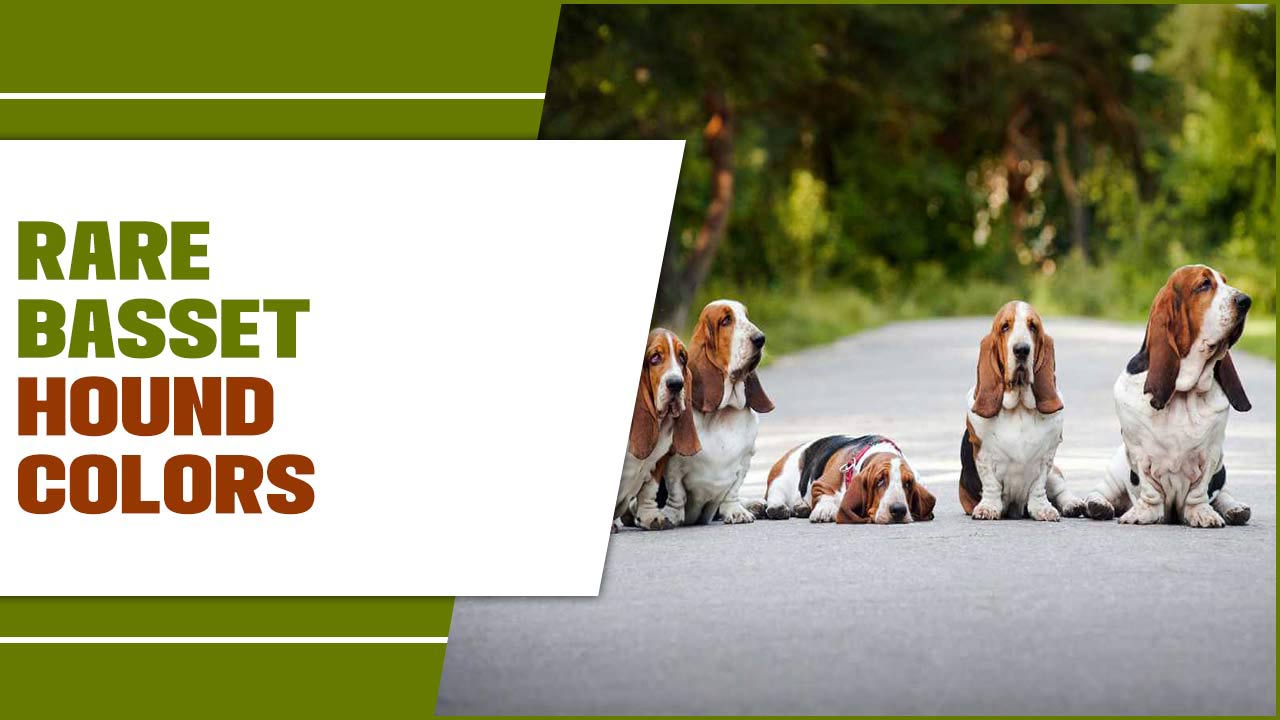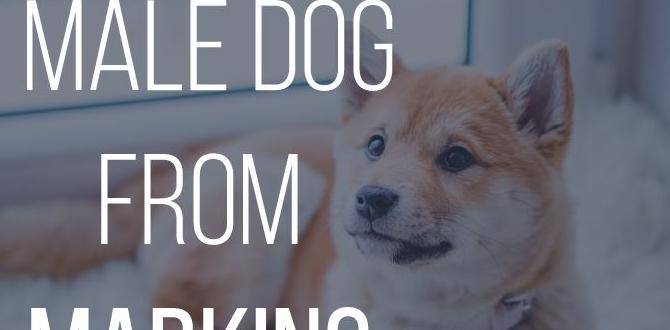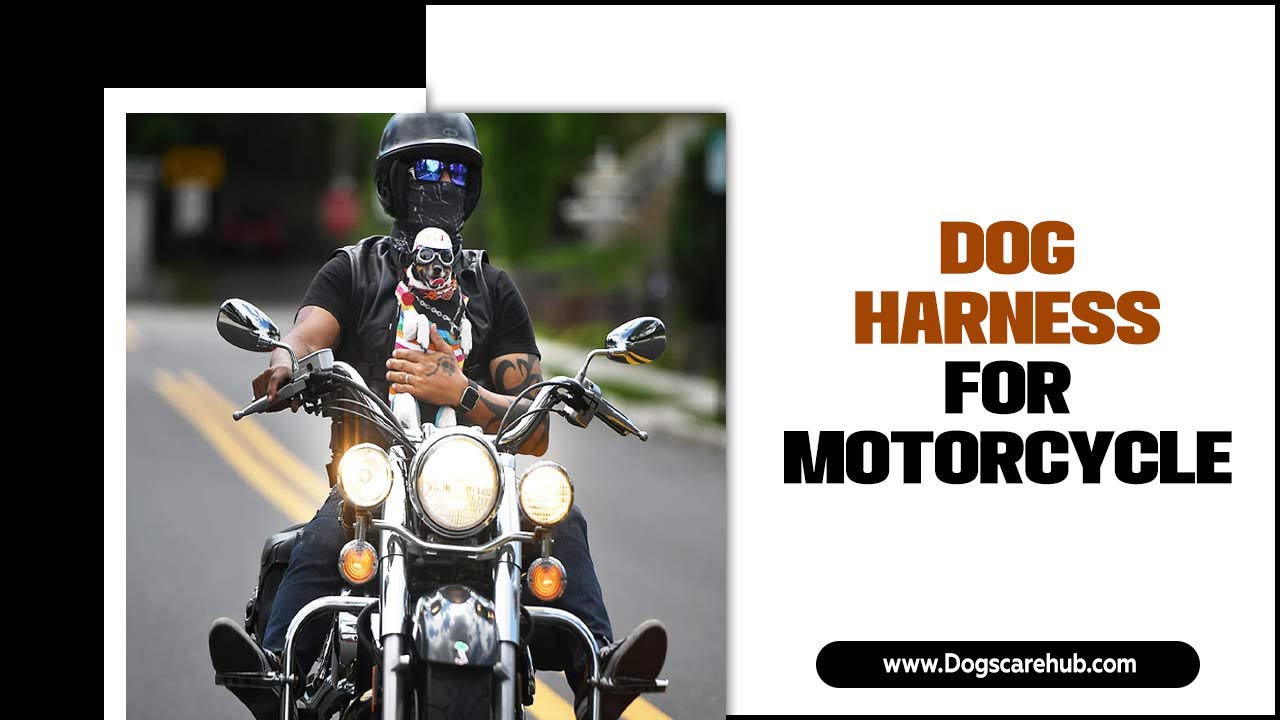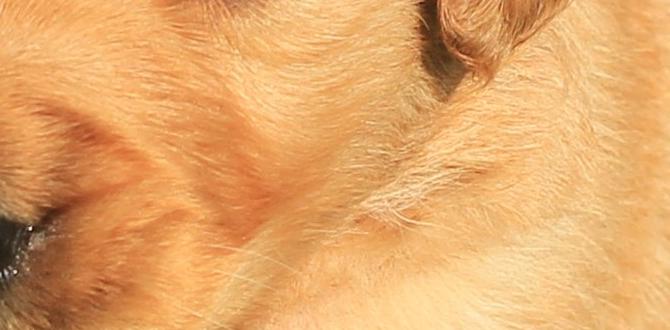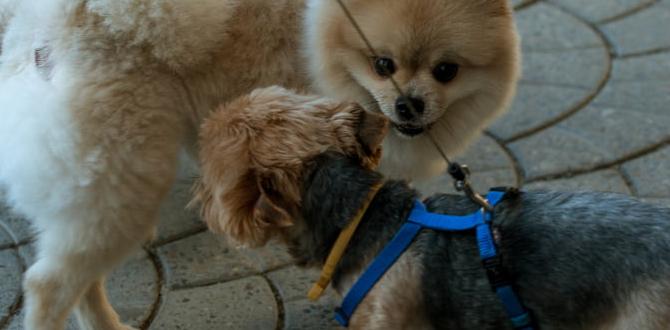Has your dog ever growled at another dog? It can be scary when pets show aggression. You might wonder how to socialize an aggressive dog without causing problems. Many owners face this challenge, and it’s a journey worth taking.
Imagine being at the park, watching other dogs play happily. You want your dog to join in on the fun. Socializing an aggressive dog opens doors to new friendships and adventures. It can change your dog’s life for the better.
Did you know that many dogs can learn to be friendly? With the right steps, even the most unsure pet can become a social butterfly. This article will show you how to socialize an aggressive dog safely. Together, we’ll explore tips and strategies to help you and your furry friend connect with others.
How To Socialize An Aggressive Dog Successfully Today Socializing An Aggressive Dog Can Be A Challenging Yet Essential Endeavor For Pet Owners. Aggression In Dogs Can Stem From Various Reasons, Including Fear, Territorial Instincts, Or Past Traumatic Experiences. Proper Socialization Is Crucial To Help Your Dog Learn To Interact Positively With Other Dogs And People. In This Article, We Will Cover Effective Strategies And Tips On How To Socialize Your Aggressive Dog, Ensuring A Safer Environment For Everyone Involved. Understanding Your Dog’S Aggression Before Attempting To Socialize Your Aggressive Dog, It Is Important To Understand The Reasons Behind Their Behavior. Common Triggers May Include: – **Fear**: Dogs That Are Fearful Often Display Aggression As A Defense Mechanism. – **Lack Of Socialization**: Puppies That Do Not Experience Various People, Animals, And Situations May Develop Aggressive Behaviors Later In Life. – **Territorial Behavior**: Some Dogs May Become Aggressive When They Feel Their Territory Is Being Invaded. Identifying The Root Cause Of Your Dog’S Aggression Will Help Tailor Your Socialization Efforts. Starting With Basic Training Before Socializing Your Aggressive Dog, Ensure They Have Mastered Basic Commands Such As Sit, Stay, And Leave It. Reinforcing These Commands Establishes A Sense Of Control And Communication Between You And Your Dog. Basic Training Also Builds Your Dog’S Confidence, Making Them More Receptive To Socialization. Gradual Exposure Start Socializing Your Aggressive Dog Gradually. Here Are Some Steps To Follow: 1. **Controlled Environment**: Begin Socializing In A Controlled Setting, Such As Your Backyard Or A Quiet Park. 2. **Distance**: Maintain A Safe Distance From Other Dogs Or People, Gradually Decreasing The Space As Your Dog Becomes More Comfortable. 3. **Positive Reinforcement**: Reward Your Dog With Treats And Praise For Calm Behavior During Interactions. This Helps Them Associate Positive Experiences With Other Dogs And People. Socialization With Other Dogs When Introducing Your Aggressive Dog To Other Dogs, Consider The Following: – **Choose Calm Companions**: Introduce Your Dog To Well-Behaved, Calm Dogs That Can Encourage Positive Interactions. – **Supervised Meetings**: Always Supervise Initial Meetings And Use A Leash To Maintain Control. – **Observe Body Language**: Pay Attention To Both Your Dog’S And The Other Dog’S Body Language To Ensure Comfort Levels. Professional Help If Your Dog’S Aggression Persists Despite Your Efforts, Consider Seeking The Help Of A Professional Dog Trainer Or Behaviorist. They Can Provide Tailored Advice And Techniques To Assist In Socializing Your Aggressive Dog Safely And Effectively. Conclusion Socializing An Aggressive Dog Will Take Time, Patience, And Consistency. By Understanding Your Dog’S Behavior, Providing Proper Training, And Gradually Introducing Them To New Experiences, You Can Help Them Become A Well-Adjusted And Sociable Companion. Remember That Every Dog Is Unique, And Progress May Vary, But With Dedication, You Can Foster A Positive Change In Your Dog’S Social Habits.
How to Socialize an Aggressive Dog
Many dog owners worry when their furry friend shows aggression. Did you know that early socialization can change this behavior? Start by introducing your dog to calm, friendly pets. Gradually expose them to new people and environments. Use positive reinforcement to reward good behavior. Keep sessions short and fun to avoid overwhelming your pup. Wouldn’t it be nice to see them play happily with others? Remember, patience is key in changing aggressive habits!Understanding Aggression in Dogs
Definition of dog aggression and types of aggression (fearbased, territorial, etc.). Common signs and body language of aggressive dogs.Dog aggression means a dog shows fear or threat. It can come from different reasons. Here are some types of aggression:
- Fear-based: This happens when dogs feel scared and want to protect themselves.
- Territorial: Some dogs may show aggression to protect their home or yard.
- Protective: This occurs when dogs guard their owner or family.
Common signs of an aggressive dog include:
- Growling or barking.
- Showing teeth or biting.
- Stiffening their body or tail.
Understanding these signs helps us stay safe and calm around dogs.
What should I do if I see signs of aggression in dogs?
Stay calm and back away slowly. Avoid eye contact and give the dog space. This helps to reduce tension. Always remember to report uncontrolled aggression to a professional.
Assessing Your Dog’s Aggressive Behavior
How to identify triggers that lead to aggression. Importance of consulting a professional for a behavior assessment.Understanding your dog’s aggressive behavior is important. Start by looking for signs that may trigger aggression. Common triggers include:
- Strangers in the home
- Other dogs in the area
- Certain loud noises
Each dog is different, so take notes on their reactions. It’s also crucial to consult a professional. They can offer a proper behavior assessment. A trained expert will help you plan steps to reduce your dog’s aggression effectively.
How can I find out if my dog is aggressive?
To know if your dog shows aggression, look for barking, growling, or snapping. Note how they behave around people and other animals.
Preparing for Socialization
Essential tools for training (leash, muzzle, etc.). Creating a safe environment for socialization.To prepare for socialization, you need some important tools. A sturdy leash keeps your dog close and safe. A comfortable muzzle protects others while your dog learns. Make sure to create a calm space for practice. Look for quiet parks or backyards. These help your dog feel less stressed. Always supervise your dog during socialization to ensure everyone stays safe.
What tools do I need for socializing my dog?
Essential tools for training include a sturdy leash, a comfortable muzzle, and treats. These can help guide your dog and keep everyone safe during practice.
- Leash
- Muzzle
- Treats
Effective Training Techniques
Positive reinforcement strategies for behavior modification. Implementing desensitization and counterconditioning methods.Training an aggressive dog takes time, patience, and the right techniques. One way to help is by using positive reinforcement. This means rewarding good behavior with treats, praise, or playtime. It teaches your dog what they should do instead of what they shouldn’t. Desensitization and counterconditioning can also help. Gradually expose your dog to what scares them while giving rewards. This builds trust and lowers fear. Here are some specific techniques:
- Start with calm environments.
- Use tasty treats to reward calm behavior.
- Increase exposure slowly and comfortably.
Remember, training takes practice. Keep sessions short and fun.
What is positive reinforcement in dog training?
Positive reinforcement is rewarding your dog for good behavior. It helps them learn faster and feel happy about training.
What is desensitization and counterconditioning?
Desensitization helps dogs slowly get used to things that scare them. Counterconditioning changes their feeling towards these things by associating them with good things like treats.
Gradual Exposure to Other Dogs and People
Steps to introduce your dog to new environments and social settings. Recommendations for controlled socialization with calm dogs.Introducing your dog to new places and friends can be fun! Start small by taking your dog to calm areas. Keep a safe distance from other dogs or people at first. Gradually bring your dog closer as they feel comfortable. Think about doing this step-by-step:
- Visit quiet parks.
- Meet friendly, calm dogs one at a time.
- Use treats to reward good behavior.
- Shorten visits if your dog feels stressed.
Remember, every dog is different. Be patient! Some dogs need more time to adapt.
How do I safely introduce my aggressive dog to new friends?
Start with calm, friendly dogs and control the environment. Use leashes and keep a good distance at first. Gradually approach as your dog relaxes. Always watch for signs of stress or fear.
Managing Aggressive Responses
Techniques for redirecting aggression during encounters. How to stay calm and assertive in stressful situations.Redirecting a dog’s aggression during encounters can feel like juggling flaming swords—intense and tricky! Start with simple techniques: use treats to distract your pup and move them away from the source of their anger. Staying calm is key. Take a deep breath and stand tall. Your dog can sense your feelings. Channel your inner calmness like a zen master. Here’s a quick table to help:
| Technique | How It Works |
|---|---|
| Use Treats | Focuses the dog’s attention elsewhere |
| Calm Voice | Helps soothe both dog and owner |
| Physical Barrier | Prevents direct confrontation |
Remember, a little humor can help too. If all else fails, tell your pup that they’re a “good boy” while hiding the treats. It keeps the mood light. Patience is your best friend in these moments!
Ongoing Training and Socialization Maintenance
Importance of continued socialization throughout the dog’s life. Creating a consistent routine for training and exposure to new experiences.Training and socialization should never stop for your dog. Continued learning keeps them calm and well-behaved. Daily practice is key. This routine helps them deal with new experiences better. Think of it like exercise for their mind! Try to include:
- Meeting new dogs.
- Exploring different parks.
- Exposure to various sounds.
All of this helps your dog feel secure. Consistent socialization can prevent aggression and make life easier. Remember: Happy dogs are well-socialized dogs!
Why is ongoing training important for dogs?
Ongoing training helps dogs stay calm and polite around others. It builds their confidence and reduces aggressive behavior. A dog that learns throughout its life grows to be friendly and well-adjusted. Socializing constantly is crucial for your dog’s happiness!
Conclusion
In conclusion, to socialize an aggressive dog, start slowly and use positive reinforcement. Be patient and consistent. Introduce your dog to new people and pets carefully. Always monitor their behavior. If needed, seek help from a professional trainer. Together, we can help your dog feel comfortable around others. For more tips, read articles on dog behavior and training.FAQs
What Are The Signs Of Aggression In Dogs, And How Can I Recognize Them Before Attempting Socialization?Dogs can show signs of aggression in different ways. You might see growling, barking loudly, or showing their teeth. Their body might feel tense, and their tail could be stiff or held high. Sometimes, they might stare at you or back away when they feel scared. It’s important to notice these signs so we can keep everyone safe before letting dogs meet.
What Techniques Or Strategies Can Be Used To Safely Introduce An Aggressive Dog To Other Dogs Or People?To safely introduce an aggressive dog to others, you can follow some simple steps. First, keep your dog on a leash. This helps you control them if they get too excited or scared. Next, pick a quiet place away from other dogs or people. Allow your dog to see them from a distance. Gradually move closer if your dog stays calm. Always reward good behavior with treats and praise. This helps your dog learn to feel safe around others.
How Can I Create A Positive Socialization Experience For My Aggressive Dog Without Overwhelming Them?To help your aggressive dog socialize in a good way, start slowly. Take your dog to quiet places with only a few people or dogs. Use treats and praise when your dog stays calm. Keep the visits short, so your dog doesn’t get scared. Always watch your dog’s body language and go at their pace.
What Role Does Professional Training Play In Helping An Aggressive Dog Become More Social, And When Should I Consider Hiring A Trainer?Professional training helps dogs learn how to behave better. A trainer teaches your dog to feel safe around other people and pets. This training gives your dog new skills to be more social and friendly. You should think about hiring a trainer if your dog bites, growls, or is scared of new things. It’s best to start training as soon as you notice these problems.
Are There Specific Environments Or Situations That Are More Conducive To Socializing An Aggressive Dog Effectively?Yes, some places are better for helping an aggressive dog. Quiet parks with few people and sounds are good. You can also try training classes with calm dogs. Always take it slow so your dog feels safe. Being patient and supportive helps a lot too!
Meet Elyse Colburn, the devoted canine companion and storyteller behind the enchanting world of “Tales, Tails, and Adventures Unleashed.” A passionate dog enthusiast with a heart full of paw prints, Elyse Colburn shares heartwarming tales and insightful adventures, celebrating the joy, loyalty, and endless antics that make every dog a true hero. Join Elyse Colburn on this tail-wagging journey, where every post is a love letter to our four-legged friends.

